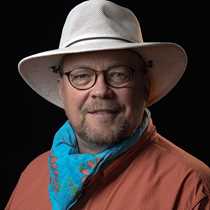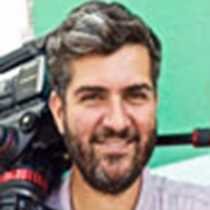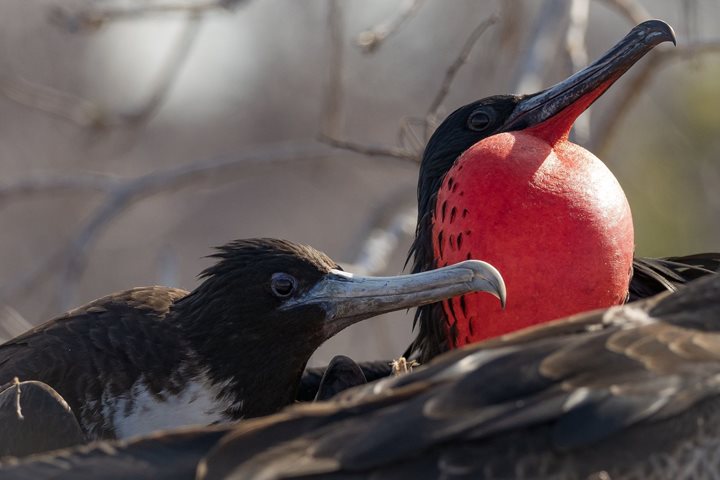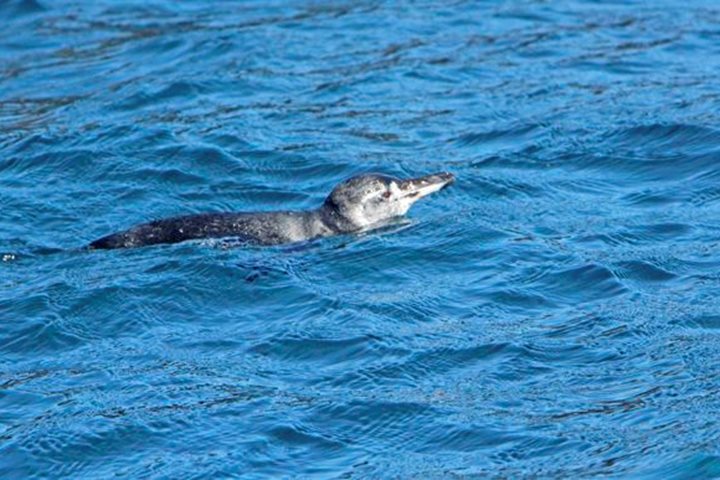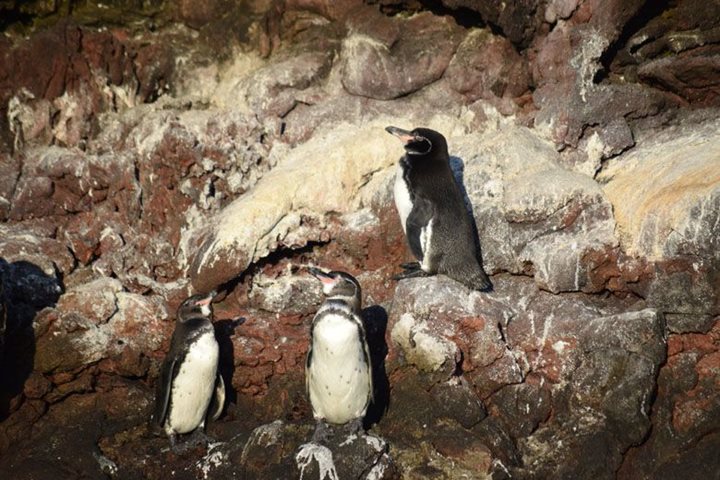Birds! Birds! Birds! Today the birds of Galápagos stole the show!
This morning the National Geographic Endeavour II crossed the threshold into another time and dimension, entering the submerged caldera at Genovesa Island, the northern-most island we will visit during this Epic Photo Expedition. Here on this remote volcanic island we’ll have our only opportunity to see, and photograph, the colorful and charismatic red-footed boobies and, with luck, the elusive Galápagos short-eared owl.
An early breakfast prepared us for going ashore shortly after sunrise. “Light, composition, and moment” is the photographer’s mantra, and today the soft, overcast light made ideal conditions for making intimate portraits of the birds, and also for capturing those fleeting moments of behavior.
The first groups to step ashore made the short but steep climb up Prince Phillip’s Steps to the plateau at the top of the cliffs. Reaching the top, the scene before us was awe-inspiring, with Nazca boobies all around, including juveniles on the trail that were as curious about us as we were of them. And red-footed boobies were at eye level seemingly at every bend along the trail. With every step was another great photo opportunity. At one point, two courting Nazca boobies in the middle of the trail stopped us in our tracks. We had no choice but to enjoy their antics.
Emerging from the Palo Santo trees we came upon an open volcanic landscape devoid of vegetation that sloped gently down to the sea. The trail followed along the top of a volcanic fissure, the perfect hiding place for the short-earl owls. The sky was filled with Galápagos storm petrels, the favorite meal for the owls. Certainly, they must be here.
Interestingly, the Galápagos owls have adopted a unique hunting style. Instead of being nocturnal, like most owl species in the world, the Galápagos owls hunt during the day, choosing to use their camouflage plumage to blend in with the dark, rust-colored lava and ambushing the petrels as they come and go from their nesting burrows.
Our efforts of the search were rewarded, with several sightings, first from a distance, then with one feeding on a petrel in a cave just off the trail. Bingo! Camera shutters clicked continuously in burst mode as the owl finished it’s meal then flew up to pose on the rocks.
In the afternoon, the groups switched locations, going ashore at the sandy beached lined we green mangrove trees. The scene here was like a festive holiday scene, with red-footed boobies and frigate birds perched like ornaments in the trees. Again, we were overwhelmed with the photo opportunities, this time focusing more on the flying birds coming and going from the trees.
Back on board, we enjoyed the task of downloading and editing images as the ship sailed out of the caldera into open water. As one inspired guest remarked at the end of the day, “I didn’t realize I was into birds, until today!”



